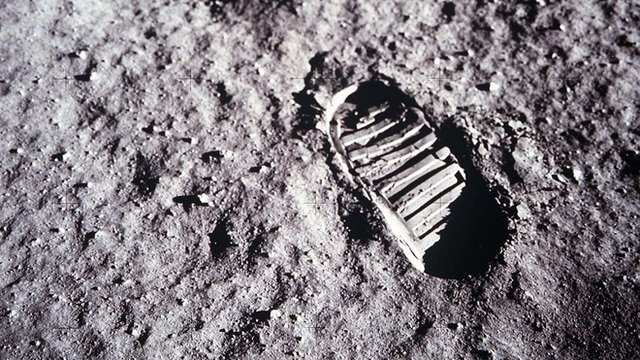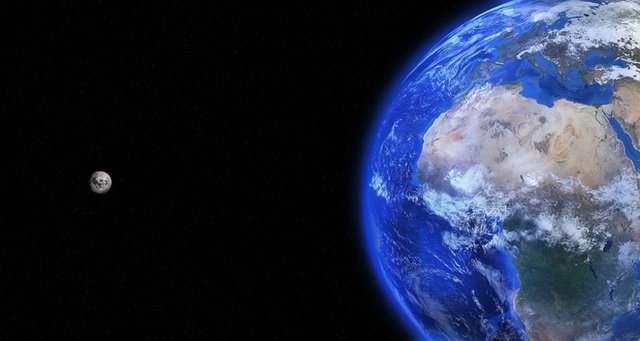In addition to the breakthroughs that help us travel interstellar, the scientific community also studies how to optimize resources when living in an `alien land`.
In October, the Australian Space Agency (ASA) and the US Space Agency (NASA) signed a collaboration contract to realize the Artemis project, sending a ground probe to the Moon to collect
The Moon possesses an atmosphere, however it is very thin and composed mainly of hydrogen, neon and argon.
However, the Moon is still rich in oxygen, it just doesn’t exist in gas form.
Oxygen is available in many materials that exist around us.
On the lunar surface, these minerals exist in many forms, including solid rocks, small rocks, fine dust and gravel.
Many researchers do not want to use the word `soil` to refer to the materials that cover the Moon’s surface, because on Earth, soil is created from the degrading activity of countless microorganisms in the moon’s surface.

The soil around us has a special structure, chemical and biological properties.
Filter air from rocks
The composition of the Moon’s surface soil contains up to 45% oxygen, but oxygen molecules are tightly attached to the mentioned minerals.
Electrolysis of the Moon’s topsoil will produce oxygen as the main component, in addition to metals such as aluminum as byproducts.
Although this is a simple process, it still requires a large amount of energy.

Historical shoe prints on the Moon’s topsoil.
This oxygen production line will also require large industrial machines.
Earlier this year, Belgium-based startup Space Applications Services announced plans to assemble three oxygen-generating reactors through the electrolysis process.
How much oxygen can the Moon produce?
According to conjectures, the amount of oxygen contained in the surface layer of the Moon is very large.
If we estimate that the Moon’s topsoil is about 10 meters thick, and we can extract all the oxygen in it, then the lunar crust contains enough oxygen to support 8 billion people for 100,000 years.
The Moon will be the lever to help humans fly to other planets in the Solar System, and beyond, and will be the first step for us to conquer remote areas of space.
Refer to The Conversation
